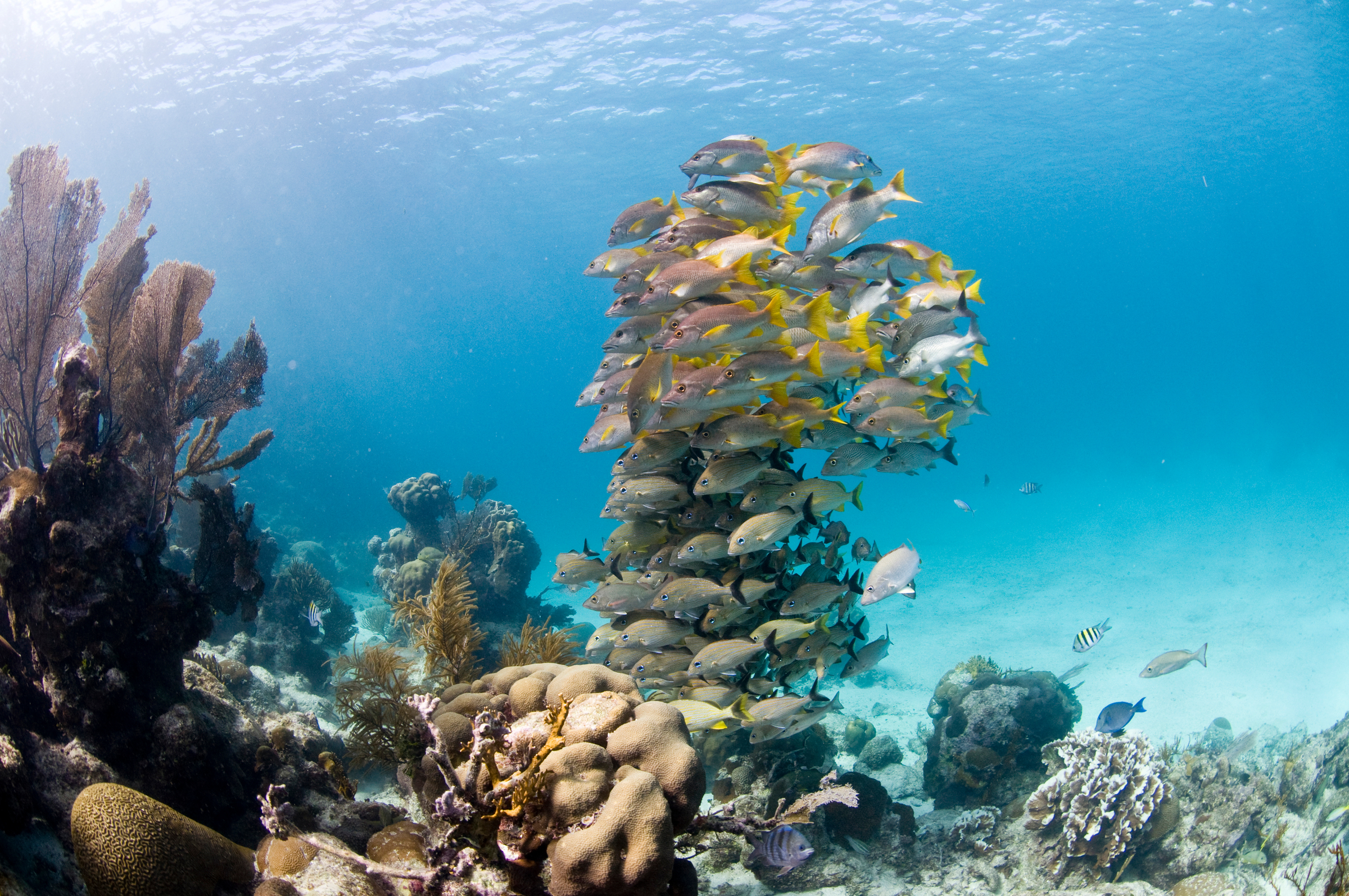2019 is on the horizon, and with the new year comes new challenges facing the planet. But with 2018 ending, we can look back on the events of the year and appreciate the conservation wins that provide hope for the future. With the new year, we find all the more reason to visit these awe-inspiring countries making big strides for conservation and to witness iconic animals in their natural habitat.
Here are five milestones in conservation that happened this year and the trips that best highlight each region.
1. Recording River Dolphins
For the first time, the endangered Amazon pink river dolphin was tagged in Peru. WWF and research partners will use satellite technology to track these elusive creatures and learn what threats they face. Amazon river dolphins are the largest freshwater dolphin, and, like other toothed whales, they use echolocation to communicate, but there is still a lot to discover. This advancement will aid in protecting river dolphin populations and conserving the river system in the Amazon.
The Trip: The Great Amazon River Cruise
2.Tallying Tigers
Nepal is on the verge of doubling its Bengal tiger population, a goal established in 2010 at the St. Petersburg Tiger Summit. Tiger populations dwindled as a result of habitat loss and poaching. However, with the partnership between the Nepal government and WWF-Nepal and the introduction of Nepal’s Tiger Conservation Action Plan, tiger populations improved. Nepal has been a leader in conservation with 2018 marking their 5th occasion of zero rhino poaching within the country since 2011. This breakthrough proves the success of animal conservation and Nepal’s commitment to protecting the animals that share their home.
The Trip: Natural Jewels of Bhutan & Nepal
3.Peace in the Pantanal

Captive male Jaguar {Panthera onca}, Pantanal, Brazil.
The Pantanal is the largest tropical wetland in the world spanning 42 million acres across Brazil, Bolivia, and Paraguay. This region is home to large concentrations of endangered jaguar and hyacinth macaw as well as caiman, anteaters, anacondas, and capybara. In March, Brazil, Bolivia, and Paraguay agreed to sign a tri-nation declaration to aid the sustainable development of the Pantanal—an effort WWF has continued to support. Not only does this benefit the plants, animals, and indigenous people who reside there, the wetlands account for carbon absorption, flooding control, and tourism revenue. This legislation proves the importance of cooperation when protecting the Pantanal and ensuring its influence.
The Trip: Jaguars & Wildlife of Brazil’s Pantanal
4. Mountain Gorillas Growing
History was made in November as the IUCN declared that the status of the mountain gorilla improved from critically endangered to endangered. 2018 estimates show that the population grew from 680 to more than 1,000 in ten years. This success is a result of conservation efforts such as anti-poaching patrols, community engagement, and the gradual removal of wire and rope snares. Previously, the sub-species was considered critically endangered as a result of poaching, habitat loss, civil unrest, and disease. Despite the success, threats are still present, and these powerful animals remain vulnerable. WWF and its partners continue to work hard to protect these incredible creatures and local communities.
The Trip: Ultimate Gorilla Safari
5. Belize’s Barrier Reef
Belize’s Barrier Reef system is no longer on UNESCO’s list of World Heritage Sites in Danger. This diverse and unique reef system was protected by the Belize government after regulations on the cutting of mangrove forests and a ban on offshore drilling due to protest from Belizeans, organizations like WWF and Oceana, and the international community. Belize also made efforts to restrict fishing endangered marine life and introducing taxes that support the reef. Despite these changes, challenges continue to face reef systems in an increasingly warm ocean.
The Trip: Ultimate Belize Nature Safari
These impressive environmental achievements all stemmed from people who share a passion for places. The efforts that went into saving these animals and ecosystems ensure that the delicate balance of our planet can be maintained and appreciated for generations to come.
By Hannah Wagner, WWF



























